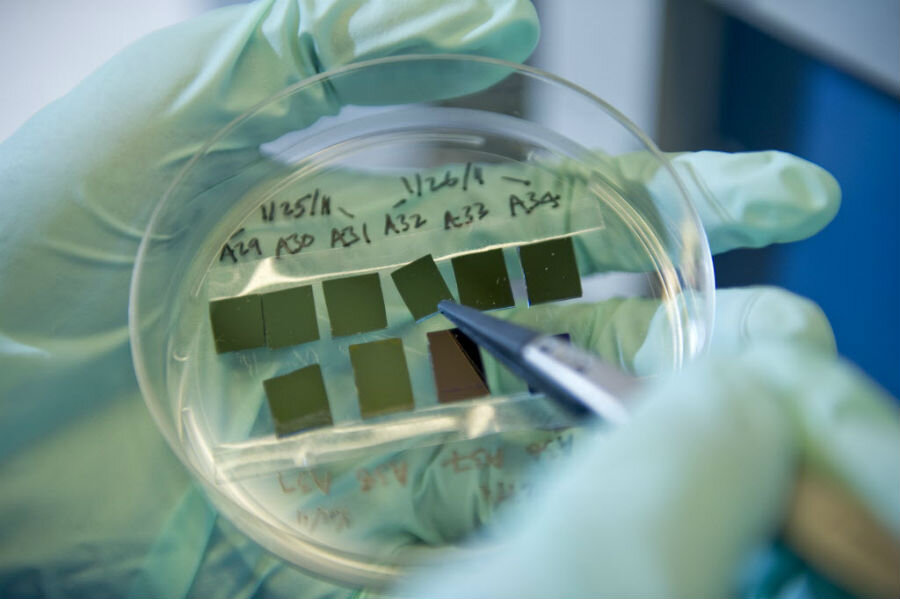Why water remains frozen at boiling point in carbon nanotubes
Loading...
Water is one of the most abundant, and arguably one of the most useful, substances on the planet. Yet, despite thousands of years of interaction with the common liquid, scientists are still discovering new and unexpected properties of the humble H20 molecule.
In a recent experimental study, researchers at the Massachusetts Institute of Technology put water into carbon nanotubes and were surprised to find that the liquid water changed to a solid state.
The unexpected results of the study open up an unknown field of study: how water reacts when confined in a space on the nanometer, or billionth of a meter, scale. The results might also have practical applications, such as formation of tiny "ice wires" that could, in theory, be used in various practical and experimental capacities.
It is already well-known that water's boiling and freezing points are flexible, depending on a number of factors. It takes more energy in the form of heat to boil water at lower altitudes than at higher ones, for instance, meaning that water's ordinary boiling point of 100 degrees Celsius (212 degrees F.) is lower at places with higher elevations due to lower atmospheric pressure. Similarly, scientists have observed that water's boiling point is lower in smaller spaces, but usually the difference is no more than 10 degrees C or so.
The MIT researchers, however, took water confinement to a much more extreme scale, forcing water through carbon nanotubes not much more than a nanometer (one billionth of a meter) across.
"All bets are off when you get really small," Michael Strano, professor of chemical engineering at MIT and lead author of the study said in a statement. "It's really an unexplored space."
The team was surprised to find that even the difference between a 1.05 and 1.06 nanometers changed the freezing point of water by tens of degrees. In one test, they found that the water inside a carbon nanotube remained solid at somewhere between 105 and 151 degrees C (221 and 303.8 degrees F).
"The effect is much greater than anyone had anticipated," Dr. Strano said in the statement.
The study, published Monday in the journal Nature Nanotechnology, details water's "exquisite sensitivity to diameter" as seen in phase changes in water at the nanotube level.
Carbon nanotubes are actually an extremely thin sheet of carbon atoms linked together in a cylindrical structure, making the carbon tubes extremely strong proportionally to their size and weight, with semiconductive properties that make them extremely useful in the emerging field of nanotechnology. Scientists think that the material can eventually be used in a number of practical applications in the near future, including computing, robotics, and medical equipment.
One odd feature about carbon nanotubes is that they are thought to be extremely hydrophobic, meaning that they essentially repel water. Because of this, water should have had trouble actually getting inside the tubes, and even the researchers involved in this study are not sure how the water is able to actually enter the tube, especially considering the space inside is only as wide as a few H20 molecules across.
Nevertheless, scientists were able to measure the state the water was in from the outside using a technique called vibrational spectroscopy. They were able to conclude that the water molecules were still enough to be considered solid, though they could not say for sure if it was ice, since they were not able to confirm the characteristic crystalline structure.
The solid state of water inside the tube at high temperatures may also pave the way for development of ice wires, that take advantage of water's ability to conduct protons 10 times more easily than typical materials. Since water stays solid in a carbon nanotube even at extremely high temperatures, it could remain solid indefinitely at lower temperatures.
"This gives us very stable water wires, at room temperature," Strano said.








